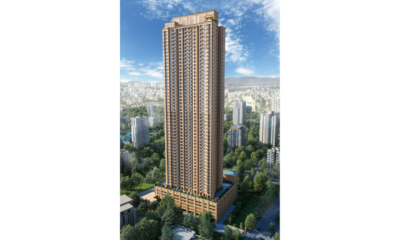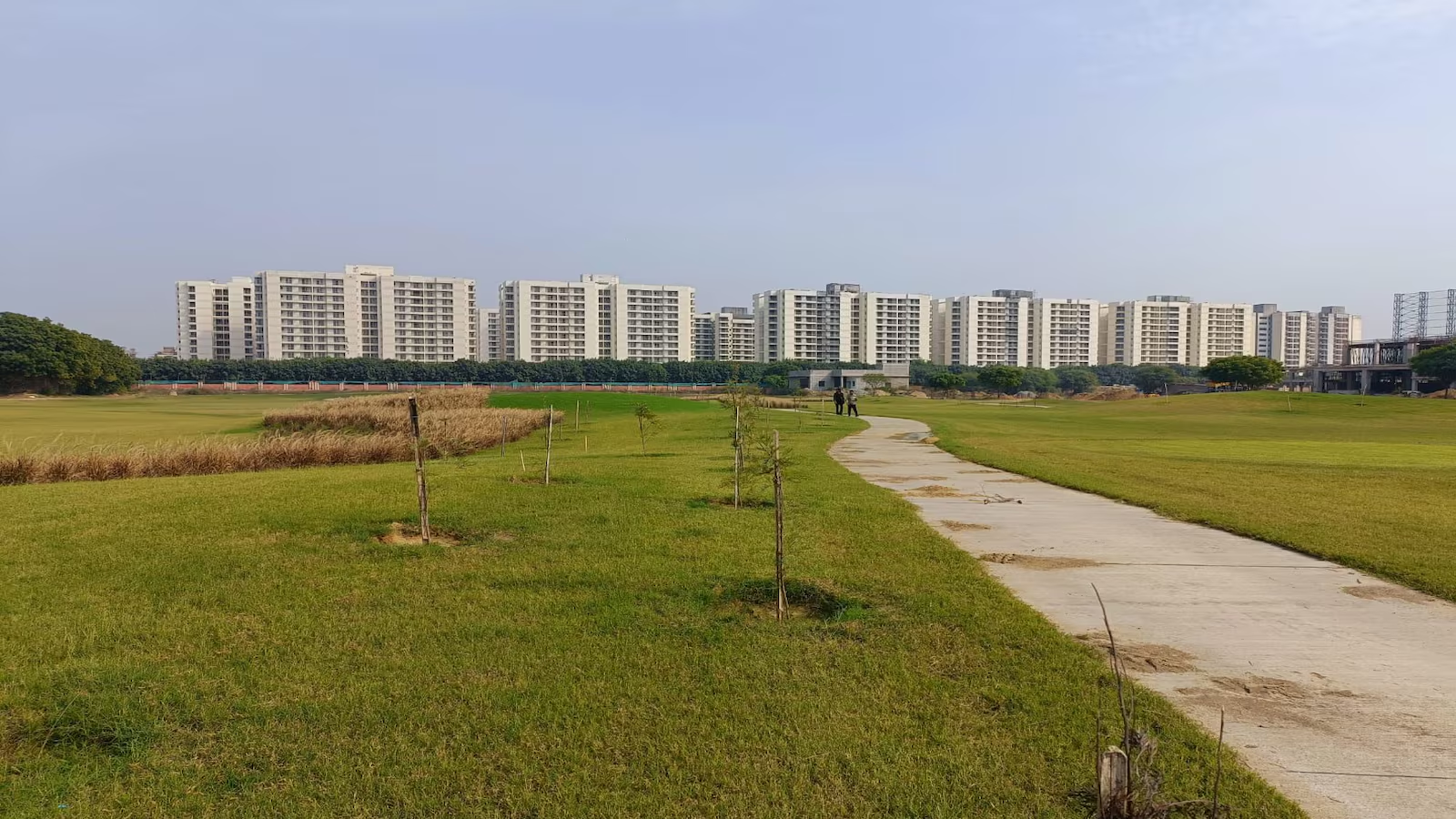Experts' Take
Poll effect on realty sector




Pradeep Aggarwal Chairman Signature Global
The confidence of the homebuyers has indisputably increased through a series of initiatives and policies by the Government like RERA (Real Estate Regulatory Authority), PMAY (Pradhan Mantri Awas Yojana), GST (Goods and Services Tax) and the recent repo rate cut by the RBI post the revival of the Indian real estate sector. However, for someone who is regarding invest in properties for a long time, the time before General Election 2019 is just the right time to do so. As the government doubles down on its ‘Housing for All’ assurance, affordable and mid-income segments are likely to get top billing with better sales in 2019.
Owing to the problem of scarcity in India, the Government launched the Pradhan Mantri Awas Yojana (PMAY) in 2015 which envisioned ‘Housing for All’ by 2022. The demand for residential and commercial spaces in the real estate sector has made the real estate sector upsurge in the last couple of years. The Government has taken several initiatives to embolden development in the real estate sector which contemplates improvement in the sector thereby contributing 13 percent to the total GDP of the nation. This massive initiative of PMAY has two components – Pradhan Mantri Awas Yojana – Urban (PMAY-U) –envisioned for the urban poor and Pradhan Mantri Awas Yojana – Gramin (PMAY – G or PMAY – R) – envisioned for the rural poor which is likely to provide 20 million eco-friendly affordable houses by March 31, 2022. And under PMAY – U, the Government in its tenure of five years approved 45.86 lakh houses.
The real estate sector went through a pull-up after the implementation of several subsidies by the Government. The schemes helped the sector grow and during the last five years, the sector has been going through very steady growth and has seen a 240 percent increase in its demand and sales. Around Rs, 1,960 crore interest subsidies from the Centre, which have been disbursed through banks, have been availed by over 93,000 people from MIG (Middle Income Group) and the total subsidy released was Rs 7,543 crore till December 30 where about 3.39 lakh beneficiaries have availed the CLSS (Credit Linked Subsidy Scheme) under PMAY (Urban). An investment of Rs. 3,56,397 crore has been made and an amount of Rs 33,455 crore has been released to states and Union Territories with the approved total Central assistance of Rs 1,00,275 crore.
Focusing on the residential segment of the realty market, the Budget waived tax on notional rent, extending tax benefit period for affordable housing and increased the threshold limit for tax deducted at source (TDS) on rental income from Rs 1.80 lakh to Rs 2.40 lakh, the Interim Budget eased the stress amongst developers and also put forward the extension period of exemption from notional rent tax on unsold inventories from one to two years. This move is expected to bring new consumers in the market and encourage investors to take another look to have a second property.
In an attempt to address the country’s lack of housing, the Government lowered a tax on affordable housing and residential projects and reduced the GST on affordable homes to 1 percent from 8 percent without the ITC (Input Tax Credit). On the other hand, the projects which are under construction, have their GST being reduced to 5 percent from 12 percent which will provide a significant boost to the residential sales and also meeting the increased demand in housing, especially affordable homes. Remarkable flexibility has been seen in the sector with the implementation of GST particularly the reclassification of a number of items taxed at 28 percent under 18 percent which will be useful to converge the 5 percent and 12 percent rates into one rate of 10 percent to substantially simplify the system. The lowering of GST will prove to be a boon and a much-needed incentive for the end-users.
- The Govt has taken several initiatives to embolden development in the real estate sector which contemplates improvement in the sector thereby contributing 13 pc to the total GDP of the nation.
- Around Rs 1,960 crore interest subsidies from the Centre, which have been disbursed through banks, have been availed by over 93,000 people from MIG (Middle Income Group).
- In an attempt to address the country’s lack of housing, the Government lowered a tax on affordable housing and residential projects and reduced the GST on affordable homes.
- With the introduction of RERA, the buyers got back their trust and interest in the residential sector which became positive as their investments are now legally protected.
- The Government’s scheme of PMAY has also aided the market to a great extent by introducing numerous housing projects which are being sanctioned in every three months.
With the implementation of RERA, the transparency and accountability of the real estate sector improved thereby bringing back the trust of the end-users in the sector. RERA basically put in order the muddled-up real estate sector in our country where earlier, everyone was embarking into the market. But with the introduction of RERA, the buyers got back their trust and interest in the residential sector which became positive as their investments are now legally protected and there is a commitment to timely delivery from developers. RERA fundamentally made the market more stable and the business a more standard process.
Additionally, affordable housing also got a boost in the real estate market, which was previously tagged as a low-key affair and considered downmarket and has reckoned for the biggest share of the new supply with over 41 percent of the new supply in this category. If Q4 sales are being considered to match those of the preceding quarter at 2,11,140 units in 2017, then there is an annual increase of 16 percent housing sales with an estimate of 2,45,000 units in 2018. With the acceptance of the new market realities by the brokers and developers, the residential sector began to regain its visibility and viability.
The Government’s scheme of PMAY has also aided the market to a great extent by introducing numerous housing projects which are being sanctioned every three months which is going on at an excellent pace. The ‘Housing for All by 2022’ scheme under PMAY is anticipated to achieve its target much before its deadline. Around 60,000 crores of extra-budgetary resources under the National Urban Housing Fund has been provided exceptionally for PMAY. The states and the Union Territories are responding well and almost two three lakhs of houses are being sanctioned every month under the scheme. If the project under the scheme continues at this pace, then by the 75th anniversary of India’s Independence, it’ll cater to the demand of nearly 1.2 crore housing shortages in the country.
In conclusion, the Central government has really changed the face of the real estate sector in the last five years by introducing many policies for the sector. The real estate sector went through a paradigm shift when RERA was introduced for the sector. This bought about many changes in the market by increasing its transparency and accountability thereby benefitting the sector. The real estate sector is anticipating the upcoming Central Government to hold on to the growth of the sector by providing assistance thereby augmenting the market.
-



 News3 weeks ago
News3 weeks agoKW Delhi 6 Mall Onboards New Brands
-



 News4 weeks ago
News4 weeks agoManasum Senior Living Launches IKIGAI GOA, A Senior Living Community in North Goa, in collaboration with Prescon Homes
-



 News3 weeks ago
News3 weeks agoCommercial Realty Gets Tech Savvy: Fast Construction, Enhanced Convenience
-



 News2 weeks ago
News2 weeks agoGodrej Properties Sells Rs 3k cr+ Homes of Godrej Zenith, Gurugram, within 3 days
-



 News4 weeks ago
News4 weeks agoBridging India Divide: Top 5 Tier- 2 Cities to Focus On
-



 News4 weeks ago
News4 weeks agoMultipoint Connection – A Definite Boon
-



 News3 weeks ago
News3 weeks agoRBI’s Status Quo on Key Policy Rates to Help Maintain the Real Estate Growth Momentum, Say Industry Stalwarts
-



 News1 week ago
News1 week agoOlive Announces Dhruv Kalro as Co-Founder





























